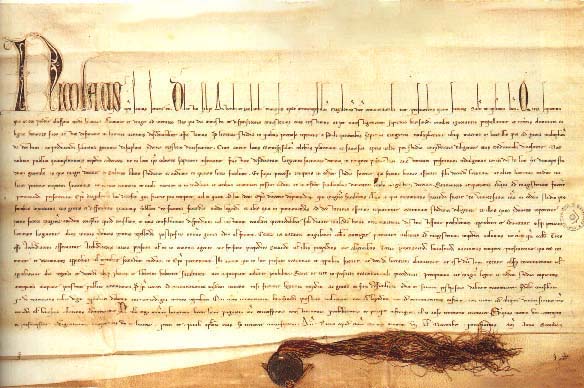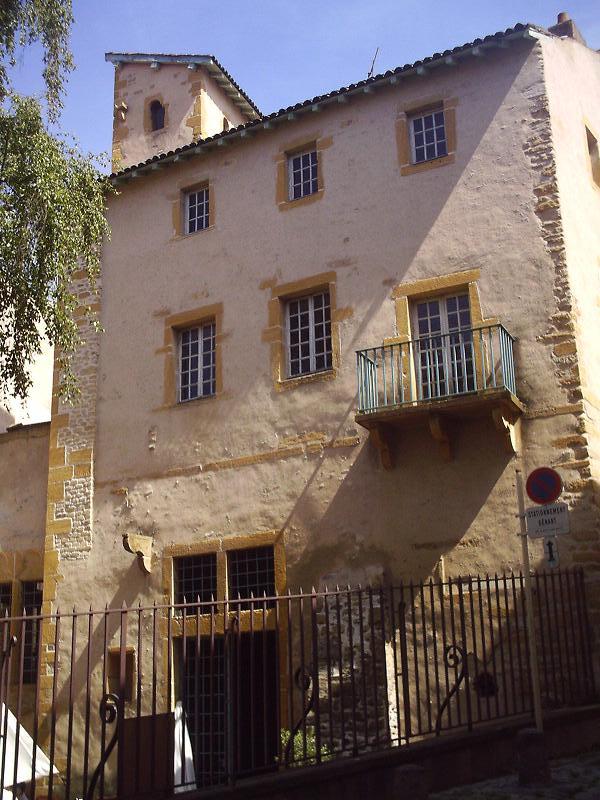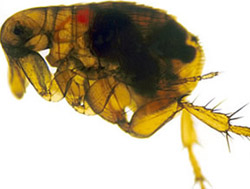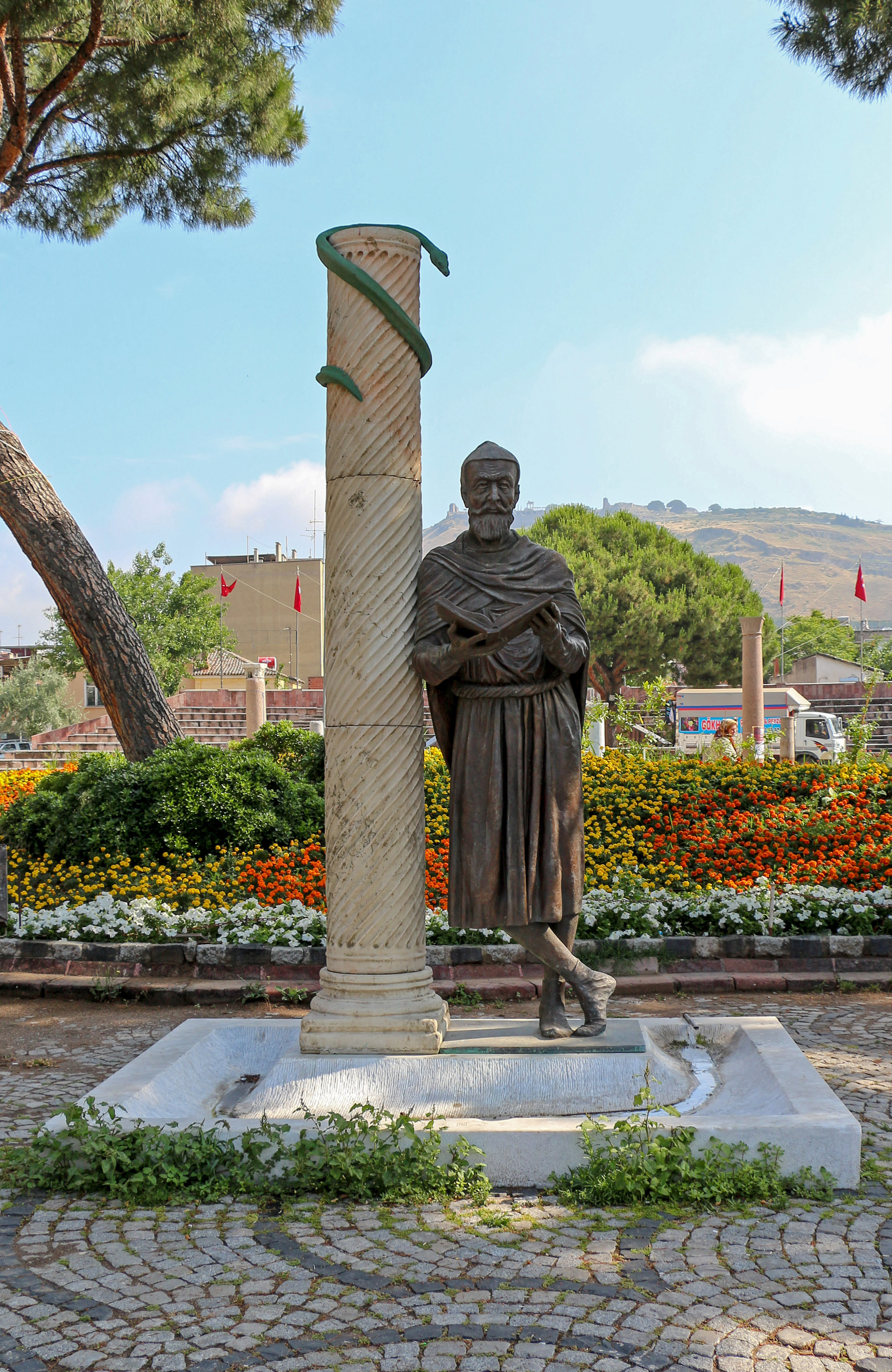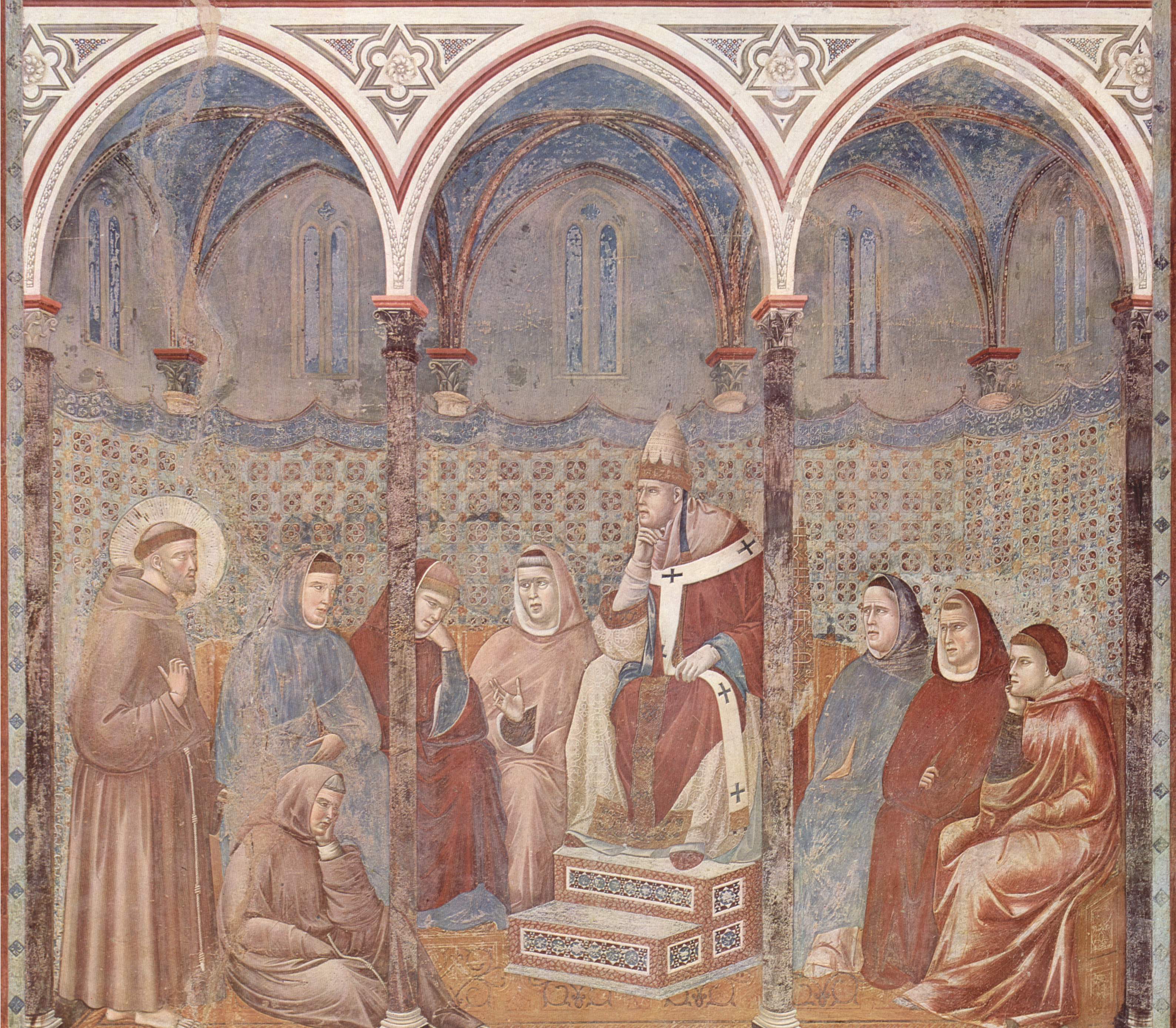|
University Of Montpellier
The University of Montpellier () is a public university, public research university located in Montpellier, in south-east of France. Established in 1220, the University of Montpellier is one of the List of oldest universities in continuous operation, oldest universities in the world. The university was split into three universities (the University of Montpellier 1, the Montpellier 2 University, University of Montpellier 2 and the Paul Valéry University, Montpellier III, Paul Valéry University Montpellier 3) for 45 years from 1970 until 2015 when it was subsequently reunified by the merger of the two former, with the latter, now named Paul Valéry University, Montpellier III, remaining a separate entity. History The university is associated with a papal bull issued by Pope Nicholas IV in 1289, combining various centuries-old schools into a university. The university is considerably older than its formal founding date, with the first statutes given by Conrad of Urach in 1220. ... [...More Info...] [...Related Items...] OR: [Wikipedia] [Google] [Baidu] |
Public University
A public university, state university, or public college is a university or college that is State ownership, owned by the state or receives significant funding from a government. Whether a national university is considered public varies from one country (or region) to another, largely depending on the specific education landscape. In contrast a private university is usually owned and operated by a private corporation (not-for-profit or for profit). Both types are often regulated, but to varying degrees, by the government. Africa Algeria In Algeria, public universities are a key part of the education system, and education is considered a right for all citizens. Access to these universities requires passing the Baccalaureate (Bac) exam, with each institution setting its own grade requirements (out of 20) for different majors and programs. Notable public universities include the Algiers 1 University, University of Algiers, Oran 1 University, University of Oran, and Constantin ... [...More Info...] [...Related Items...] OR: [Wikipedia] [Google] [Baidu] |
Napoleonic Code
The Napoleonic Code (), officially the Civil Code of the French (; simply referred to as ), is the French civil code established during the French Consulate in 1804 and still in force in France, although heavily and frequently amended since its inception. Although Napoleon himself was not directly involved in the drafting of the Code, as it was drafted by a commission of four eminent jurists,Robert B. Holtman, ''The Napoleonic Revolution'' (Baton Rouge: Louisiana State University Press, 1981) he chaired many of the commission's plenary sessions, and his support was crucial to its enactment. The code, with its stress on clearly written and accessible law, was a major milestone in the abolition of the previous patchwork of feudal laws. Historian Robert Holtman regards it as one of the few documents that have influenced the whole world. The Napoleonic Code was not the first legal code to be established in a European country with a civil-law legal system; it was preceded by the ... [...More Info...] [...Related Items...] OR: [Wikipedia] [Google] [Baidu] |
Vitalism
Vitalism is a belief that starts from the premise that "living organisms are fundamentally different from non-living entities because they contain some non-physical element or are governed by different principles than are inanimate things." Where vitalism explicitly invokes a vital principle, that element is often referred to as the "vital spark", "energy", "'' élan vital''" (coined by vitalist Henri Bergson), "vital force", or "''vis vitalis''", which some equate with the soul. In the 18th and 19th centuries, vitalism was discussed among biologists, between those who felt that the known mechanics of physics would eventually explain the difference between life and non-life and vitalists who argued that the processes of life could not be reduced to a mechanistic process. Vitalist biologists such as Johannes Reinke proposed testable hypotheses meant to show inadequacies with mechanistic explanations, but their experiments failed to provide support for vitalism. Biologists now ... [...More Info...] [...Related Items...] OR: [Wikipedia] [Google] [Baidu] |
Botanical Garden
A botanical garden or botanic gardenThe terms ''botanic'' and ''botanical'' and ''garden'' or ''gardens'' are used more-or-less interchangeably, although the word ''botanic'' is generally reserved for the earlier, more traditional gardens. is a garden with a documented collection of living plants for the purpose of scientific research, conservation, display, and education. It is their mandate as a botanical garden that plants are labelled with their botanical names. It may contain specialist plant collections such as cactus, cacti and other succulent plants, herb gardens, plants from particular parts of the world, and so on; there may be greenhouse, glasshouses or shadehouses, again with special collections such as tropical plants, alpine plants, or other exotic plants that are not native to that region. Most are at least partly open to the public, and may offer guided tours, public programming such as workshops, courses, educational displays, art exhibitions, book rooms, op ... [...More Info...] [...Related Items...] OR: [Wikipedia] [Google] [Baidu] |
Jardin Des Plantes De Montpellier
The jardin des plantes de Montpellier (4.5 hectares) is a historic botanical garden and arboretum located on Boulevard Henri IV, Montpellier, Hérault, Occitania, France. It is maintained by the Université Montpellier 1 and open afternoons daily except Monday; admission is free. The garden was established in 1593 by letters patent from King Henri IV, under the leadership of Pierre Richer de Belleval, professor of botany and anatomy. It is France's oldest botanical garden, inspired by the Orto botanico di Padova (1545) and in turn serving as model for the jardin des plantes de Paris (1626). The ''Montagne de Richer'' lies within the garden's oldest section, which also now contains a systematic garden. The garden was expanded twice in the 19th century. Its orangery was designed by Claude-Mathieu Delagardette (1762–1805) and completed in 1804, the arboretum was landscaped in 1810, and the English Garden, with pool and greenhouse, dates from 1859. The monumental Martins gree ... [...More Info...] [...Related Items...] OR: [Wikipedia] [Google] [Baidu] |
François Rabelais
François Rabelais ( , ; ; born between 1483 and 1494; died 1553) was a French writer who has been called the first great French prose author. A Renaissance humanism, humanist of the French Renaissance and Greek scholars in the Renaissance, Greek scholar, he attracted opposition from both Protestant theologian John Calvin and from the hierarchy of the Catholic Church. Though in his day he was best known as a physician, scholar, diplomat, and Catholic priest, later he became better known as a satirist for his depictions of the grotesque, and for his larger-than-life characters. Living in the religious and political turmoil of the Reformation, Rabelais treated the great questions of his time in his novels. Rabelais admired Erasmus and like him is considered a Christian humanism, Christian humanist. He was critical of medieval scholasticism and lampooned the abuses of powerful princes and popes. Rabelais is widely known for the first two volumes relating the childhoods of the gia ... [...More Info...] [...Related Items...] OR: [Wikipedia] [Google] [Baidu] |
Nostradamus
Michel de Nostredame (December 1503 – July 1566), usually Latinisation of names, Latinised as Nostradamus, was a French Astrology, astrologer, apothecary, physician, and reputed Oracle, seer, who is best known for his book ''Les Prophéties'' (published in 1555), a collection of 942 poetic quatrains allegedly predicting future events. Nostradamus's father's family had originally been Jewish, but had converted to Catholic Christianity a generation before Nostradamus was born. He studied at the University of Avignon, but was forced to leave after just over a year when the university closed due to an outbreak of the Bubonic plague, plague. He worked as an apothecary for several years before entering the University of Montpellier, hoping to earn a doctorate, but was almost immediately expelled after his work as an apothecary (a manual trade forbidden by university statutes) was discovered. He first married in 1531, but his wife and two children died in 1534 during another plag ... [...More Info...] [...Related Items...] OR: [Wikipedia] [Google] [Baidu] |
Bubonic Plague
Bubonic plague is one of three types of Plague (disease), plague caused by the Bacteria, bacterium ''Yersinia pestis''. One to seven days after exposure to the bacteria, flu-like symptoms develop. These symptoms include fever, headaches, and vomiting, as well as Lymphadenopathy, swollen and painful lymph nodes occurring in the area closest to where the bacteria entered the skin. Acral necrosis, the dark discoloration of skin, is another symptom. Occasionally, swollen lymph nodes, known as "buboes", may break open. The three types of plague are the result of the route of infection: bubonic plague, septicemic plague, and pneumonic plague. Bubonic plague is mainly spread by infected fleas from small animals. It may also result from exposure to the body fluids from a dead plague-infected animal. Mammals such as rabbits, hares, and some cat species are susceptible to bubonic plague, and typically die upon contraction. In the bubonic form of plague, the bacteria enter through the ... [...More Info...] [...Related Items...] OR: [Wikipedia] [Google] [Baidu] |
Galen
Aelius Galenus or Claudius Galenus (; September 129 – AD), often Anglicization, anglicized as Galen () or Galen of Pergamon, was a Ancient Rome, Roman and Greeks, Greek physician, surgeon, and Philosophy, philosopher. Considered to be one of the most accomplished of all medical researchers of Ancient history, antiquity, Galen influenced the development of various scientific disciplines, including anatomy, physiology, pathology, pharmacology, and neurology, as well as philosophy and logic. The son of Aelius Nicon, a wealthy Greek architect with scholarly interests, Galen received a comprehensive education that prepared him for a successful career as a physician and philosopher. Born in the ancient city of Pergamon (present-day Bergama, Turkey), Galen traveled extensively, exposing himself to a wide variety of medical theories and discoveries before settling in Ancient Rome, Rome, where he served prominent members of Roman society and eventually was given the position of perso ... [...More Info...] [...Related Items...] OR: [Wikipedia] [Google] [Baidu] |
Black Death
The Black Death was a bubonic plague pandemic that occurred in Europe from 1346 to 1353. It was one of the list of epidemics, most fatal pandemics in human history; as many as people perished, perhaps 50% of Europe's 14th century population. The disease is caused by the Bacteria, bacterium ''Yersinia pestis'' and spread by Flea, fleas and through the air. One of the most significant events in European history, the Black Death had far-reaching population, economic, and cultural impacts. It was the beginning of the second plague pandemic. The plague created religious, social and economic upheavals, with profound effects on the course of European history. The origin of the Black Death is disputed. Genetic analysis suggests ''Yersinia pestis'' bacteria evolved approximately 7,000 years ago, at the beginning of the Neolithic, with flea-mediated strains emerging around 3,800 years ago during the late Bronze Age. The immediate territorial origins of the Black Death and its outbreak ... [...More Info...] [...Related Items...] OR: [Wikipedia] [Google] [Baidu] |
Bishop Of Maguelonne
The Metropolitan Archdiocese of Montpellier (–Lodève–Béziers–Agde–Saint-Pons-de-Thomières) (Latin: ''Archidioecesis Metropolitae Montis Pessulani (–Lotevensis–Biterrensis–Agathensis–Sancti Pontii Thomeriarum)''; French: ''Archidiocèse Metropolitain de Montpellier (–Lodève–Béziers–Agde–Saint-Pons-de-Thomières)'') is a Latin archdiocese of the Catholic Church in south-western France. The current metropolitan archbishop is Pierre-Marie Carré; the immediate past Archbishop Emeritus is Guy Marie Alexandre Thomazeau. On September 16, 2002, as part of the reshuffling of the map of the French ecclesiastical provinces, the diocese of Montpellier (Lodève, Béziers, Agde, and Saint-Pons-de-Thomières) ceased to be a suffragan of Avignon and was elevated to archdiocese and metropolitan of a new ecclesiastical province, with the dioceses of Carcassonne, Mende, Nimes (Uzès and Alès) and Perpignan–Elne as suffragans. History The diocese's original d ... [...More Info...] [...Related Items...] OR: [Wikipedia] [Google] [Baidu] |
Pope Honorius III
Pope Honorius III (c. 1150 – 18 March 1227), born Cencio Savelli, was head of the Catholic Church and ruler of the Papal States from 18 July 1216 to his death. A canon at the Basilica di Santa Maria Maggiore, he came to hold a number of important administrative positions, including that of Camerlengo. In 1197, he became tutor to the young Frederick II. As pope, he worked to promote the Fifth Crusade, which had been planned under his predecessor, Innocent III. Honorius repeatedly exhorted King Andrew II of Hungary and Emperor Frederick II to fulfill their vows to participate. He also gave approval to the recently formed Dominican and Franciscan religious orders. Early work He was born in Rome as a son of Aimerico, a member of the Roman Savelli family. For a time canon at the church of Santa Maria Maggiore, he later became Camerlengo of the Holy Roman Church on December 5, 1189 and Cardinal Deacon of Santa Lucia in Silice on 20 February 1193. Under Pope Clement III and P ... [...More Info...] [...Related Items...] OR: [Wikipedia] [Google] [Baidu] |
